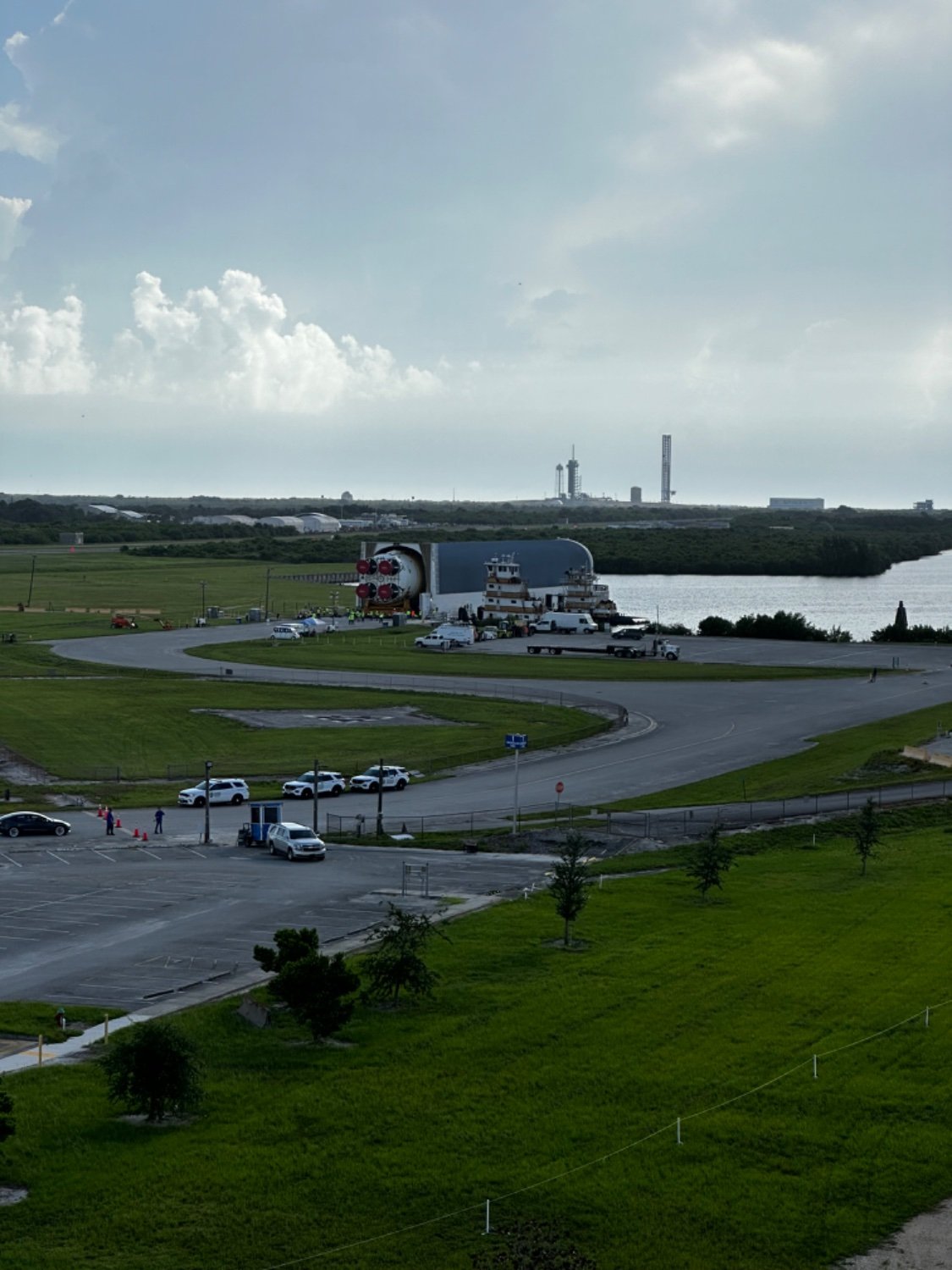Both things exist, certainly, but I’m not sure how I’d establish a common unit to describe a set of things that are mostly waves but with a few particles thrown in. It’d have to be some kind of total energy flux through a selected region of space for a given time, and it’d be super specific to both the region and the timeframe since a CME event at the wrong time would really skew your results… I guess it could be some kind of time-average? So the thing you’d need is a total annual average energy flux of both EM and particle radiation through a region of interest. Such a thing certainly could (and probably has) been measured, but I don’t think I’ve ever seen it all combined. This is maybe a start? It at least has all the radiation information in one spot.
I’m not sure I understand the value proposition of having that kind of information if someone took the time to do it, but it’s a fun thing to think about.

Got it.
Space weather is weather - just like on Earth, it’s subject to so many unknowns and unknowable that reliable predictions are somewhere between really hard and totally impossible.
So - on Earth we don’t try to predict the exact weather that a given building is going to experience before we build it - that’d be super hard. Instead, we look at the rational maximum based on what we have seen and add some on top as a margin of safety… and that’s where we get building codes. Same applies in space - we make some measurements and add a factor of safety to cover our uncertainty. We have the same idea of building standards for pretty much everything except, to some extent, radiation.
The problem is that nobody has really found a workable solution for radiation shielding other than the EM shielding effects of large planetary bodies (see: Earth) or “thick shells of dense mass between the sensitive stuff and the outside.” Dense dumb mass is obviously not a great answer because of the launch cost - some have proposed using water, but you’d need a lot to provide adequate shielding… basically, you need a thick enough shell to match the wavelength of whatever radiation you’re shielding from.
I saw something kinda cool at AIAA Ascend from I think UMich that was proposing to basically pump enough electricity into space that the EM field would generate radiation shielding, but that’s like TRL 0 and electricity is also not always easy to come by.
Anyways, since there’s not a good answer for handling radiation, there’s no “building code” and the level of precision on the radiation level experienced is kinda irrelevant from an engineering standpoint. We can’t effectively protect against any amount, so if it’s >0, we have a problem.
I’d also suggest that from a “routinization” perspective you want a consistent building code, not a precise answer - because weather changes over time.